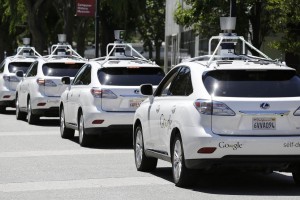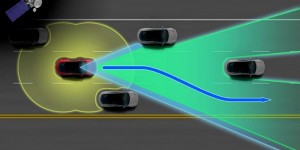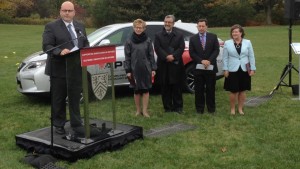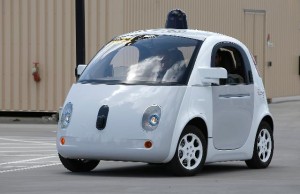Source: http://kitchener.ctvnews.ca/self-driving-cars-to-be-allowed-on-ontario-s-roads-under-certain-conditions-1.2607759
On Tuesday October 13, Ontario’s transportation minister, Steven Del Duca, announced that their province will allow autonomous vehicles to be tested on public roads beginning January 1, 2016. With the increased excitement and interest internationally in this new market by many companies, Ontario has become the first province in Canada to follow the trend.
Source: http://www.forbes.com/sites/jimgorzelany/2015/05/15/ready-or-not-googles-self-driving-fleet-hits-the-road-this-summer/
Most notably, Google has been developing and improving their self-driving cars. Their fleet includes their own prototype vehicle and a modified Lexus SUV. The sensors built in can detect any hazards and make safe maneuvers around them. They plan to release an autonomous vehicle in 2020, which is the also Toyota’s target release date of a self-driving vehicle.

Source: http://www.digitaltrends.com/cars/googles-self-driving-cars-still-getting-confused-by-cyclists/
While a driverless car seems futuristic, Tesla just publicly released their “Autopilot” feature. The Model S is now available to stay in a lane, change lanes, parallel park, and follow the speed limit without any human assistance. It has many sensors that analyze the environment around the car to prevent side accidents while changing lanes and is able to brake if you are going to hit the car in front of you.

Source: http://electrek.co/2015/06/16/understanding-teslas-self-driving-features-the-autopilot/
As I link this topic back to our class discussions, I have realized that the Chief Operating Officer, or in this case the transportation minister, has seen the growth and potential in this growing market. It will be interesting to see which province will follow in Ontario’s footsteps.
Works Cited:

